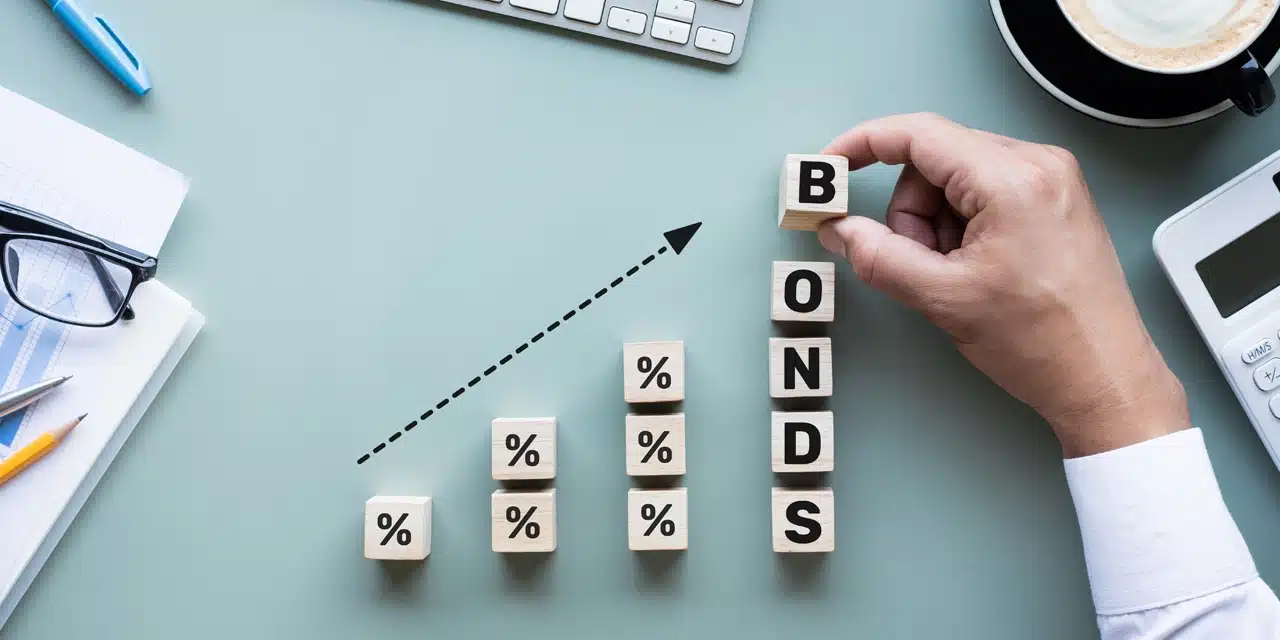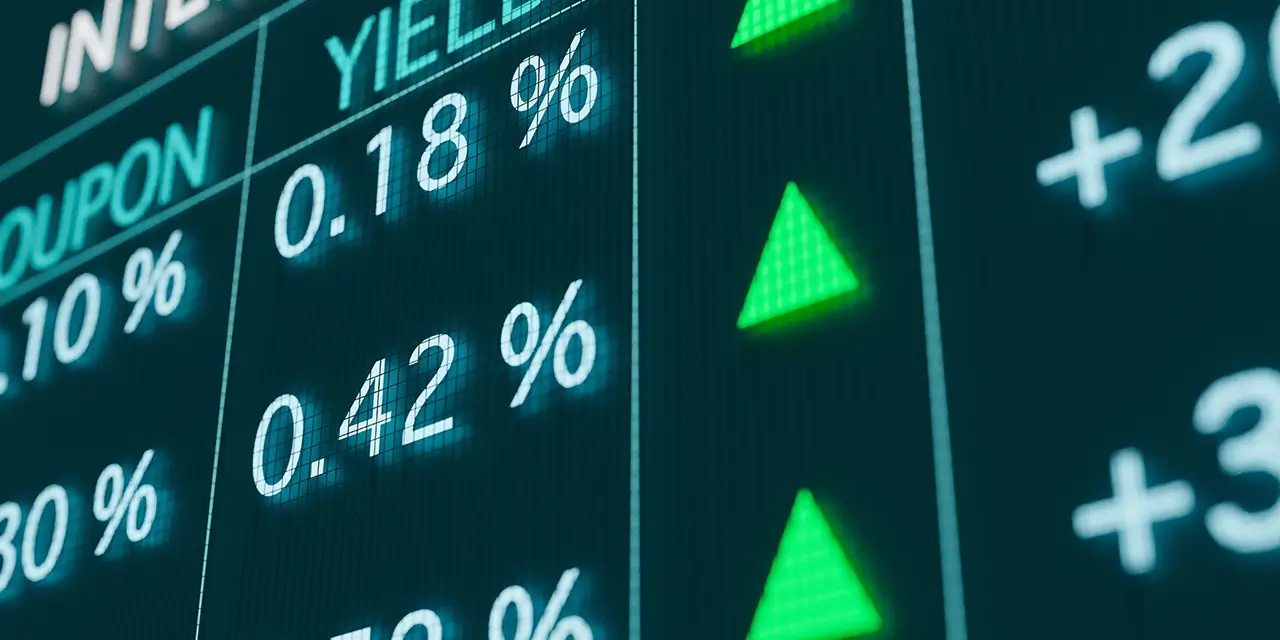By Ambrose O’Callaghan
Investors experienced one of the longest bull markets in history following the financial crisis in the late 2000s. The 2010s saw equities benefit from historically low interest rates and multiple rounds of quantitative easing. Meanwhile, traditional savers were left out in the cold. Fixed income products that had become investment staples, like Guaranteed Investment Certificates (GICs), fell out of favour in the new environment. These old-fashioned investment vehicles were barely able to keep up with inflation. Meanwhile, investors who were hungry for security and income were often more inclined to look to blue chip stocks in safe sectors like utilities or telecommunications.
The investment environment has undergone significant changes as we approach the midway point of the 2020s. Soaring inflation in late 2021 and 2022 spurred central banks in North America and Europe to pursue an aggressive interest rate tightening cycle. Equities have seen their returns capped and highly concentrated in this climate, which has spurred many investors to look back to fixed income.
What is the yield curve?
Interest rates are often discussed in universal terms, like; “Have you seen interest rates lately? My bonds are getting crushed” In truth, all rates do not behave in the same way. Rates on various bonds will often behave in different ways, depending on their maturity. The yield curve is a representation of the yield that is being offered on bonds across different maturities over time. The yield curve is a graphical representation of the yields available for bonds of equal credit quality and different maturity dates. For example, the yield curve for investment grade corporate bonds will show the yields for those same credit quality bonds over each period, ranging from 1 month though to 30 years. It shows investors what they can get by investing in the same bond class over different time frames. One of the most common yield curves is the government bond yield curve. It shows what rate you can get on a government bond for 1 month, all the way out to 30 years.
As a rule, short-term bonds carry lower yields to reflect the risk of a bond issuer defaulting in a short period of time is lower. This is reflected in the normal yield curve, which slopes upward from left to right on the graph as maturities lengthen and yields rise.
An inverted yield curve occurs when shorter term rates are higher than longer term rates. Historically, high interest rates have the impact of slowing economic growth in the short term, while low interest rates can spur economic growth. That is why an inverted yield curve is typically seen as a sign that the broader economy is about to experience a slowdown. Governments raise short term interest rates aggressively to slow the economy in the shorter term to stave off inflation. Inverted yield curves are rare but have been an accurate indicator for predicting a recession. Indeed, since the Second World War, every economic recession has been preceded by a yield curve inversion.
How does interest rate sensitivity impact bond yields?
Investors who own bonds or have money in a bond focused fund or exchange-traded fund (ETF) are likely closely watching interest rate fluctuations, along with the broader market. There are two factors that can impact your investment in a bond: interest rate changes and the duration of a given bond.
In bond investing, it is an established tenet that as interest rates rise, bond prices fall, and vice versa. Why does this occur? You may buy a bond with 10 years to maturity in one year that has a five-percent coupon rate. If, a year later, interest rates have climbed and a similar bond has a six-percent rate, the value of the bond principal you previously purchased will go down.
Bond duration measures the degree to which a bond investment is likely to change in value if interest rates were to rise or fall. As a rule, a bond will rise or fall in the opposite direction for every 1 percentage-point change in interest rates.
Why are US Government Bonds considered the best?
Treasury Bonds are government debt securities that are issued by the United States government. Treasuries are typically viewed as low risk since they are backed by the ability of the U.S. government to tax its citizens.
In September, Harvest ETFs launched the Harvest Premium Yield Treasury ETF (HPYT:TSX). This fund is made up of a portfolio of ETFs which hold longer dated US Treasury bonds. As mentioned, these bonds are secured by the full faith and credit of the US government. Moreover, this ETF a covered call writing strategy to generate a higher yield and maximize monthly cash flow.
A fixed income covered call ETF allows investors to get exposure to high credit security and generate strong income.
HPYT recorded a monthly distribution of $0.15 per unit on October 31, 2023, which was payable on November 9, 2023











